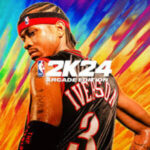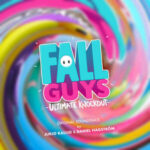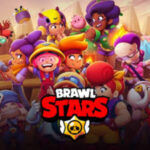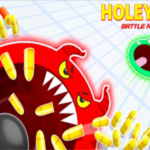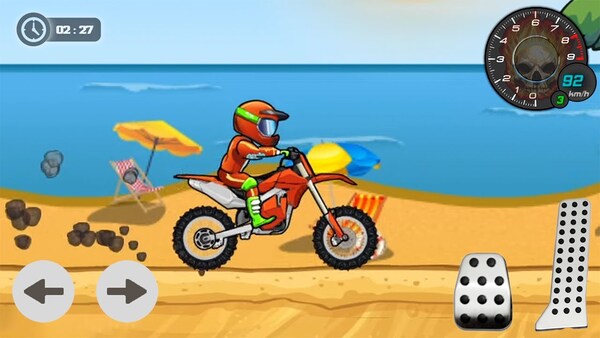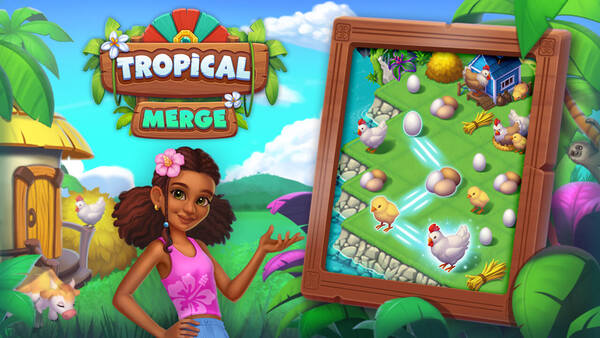Brainrot Roblox: Unmasking the Dark Side of a Viral Subculture
Introduction Roblox has long stood as a global platform for user-generated games, fostering creativity, community, and entrepreneurship. However, beneath its seemingly innocent exterior lies a rapidly evolving trend known as "Brainrot Roblox"—a term coined by both fans and critics alike to describe a chaotic, absurd, and often grotesque subgenre of content that has proliferated across the platform. Unlike mainstream Roblox games aimed at fun and learning, Brainrot Roblox games revel in randomness, meme culture, and dark humor. This article investigates the rise, impact, and underlying psychology of the Brainrot Roblox phenomenon. The Origin of Brainrot Culture in Roblox Brainrot Roblox did not emerge overnight. It evolved gradually from early Roblox meme content and parody games. Initially, joke games such as "Survive Elmo in Area 51" or "Eat the Giant Sandwich" gained popularity for their bizarre charm. Over time, these gave way to more surreal and extreme experiences. The term "brainrot" refers to how these games often leave players feeling mentally fried due to sensory overload, erratic logic, and disjointed narratives. The popularity of TikTok and YouTube Shorts further accelerated the growth of this style by promoting short, chaotic video clips of players screaming, glitching, or encountering absurd in-game moments. Main Themes and Features of Brainrot Roblox Games Brainrot Roblox is defined by certain recognizable traits: loud noises, low-quality assets, clashing colors, unexpected jump scares, and frequent fourth-wall breaks. These games often parody or deconstruct popular Roblox tropes in a satirical way. A typical Brainrot experience might involve navigating a poorly designed map while being chased by distorted versions of famous characters like Shrek or Sonic. Visual clutter and overlapping sound effects create a disorienting effect meant to amuse and disturb simultaneously. Psychological Appeal to Young Audiences Why do players, particularly younger ones, flock to Brainrot Roblox games? One explanation lies in the novelty and defiance these games offer. In a space saturated with polished simulators and roleplay games, Brainrot titles offer something radically different. The unpredictability of these games fuels curiosity and laughter. Their lack of structure also means players can explore without boundaries, appealing to the adolescent desire for chaos and rebellion. For many, Brainrot Roblox is not just a trend—it’s a form of digital punk. How Social Media Fuels the Brainrot Aesthetic The Brainrot genre owes much of its viral success to TikTok and YouTube. Short-form content creators capitalize on the absurdity of these games to create engaging clips. Phrases like "This game broke my brain" or "I can’t unsee this" accompany videos showcasing the worst or weirdest moments. Memes, reaction videos, and livestream fails help Brainrot Roblox games reach audiences far beyond the Roblox platform itself. In many cases, these games are designed to be as memeable as possible, knowing that virality can translate into massive traffic. Key Influencers and Creators in the Brainrot Space Certain Roblox developers have gained notoriety for pioneering this bizarre genre. Developers like "CabbageHeadDev" or "NonsenseGames" specialize in crafting surreal experiences that defy conventional logic. These creators often embrace anti-design principles, breaking user interface norms and game flow intentionally. Influencers and YouTubers such as Flamingo, Sketch, and KonekoKitten have also contributed to Brainrot Roblox's popularity by reviewing or mocking these games in videos that rack up millions of views. Game Examples That Define the Genre Several Roblox games serve as prime examples of the Brainrot trend:- Shrek in the Backrooms: A game that combines horror with meme characters and unpredictable mechanics.
- Nico’s Nextbots: A fast-paced survival game with random AI enemies like distorted SpongeBob or screaming celebrities.
- Skibidi Toilet War: Based on the viral meme, this game throws logic out the window in favor of pure absurdity.
- Mugen Sandbox: A mashup of fighters and surreal environments where physics often break and characters scream nonsense.


